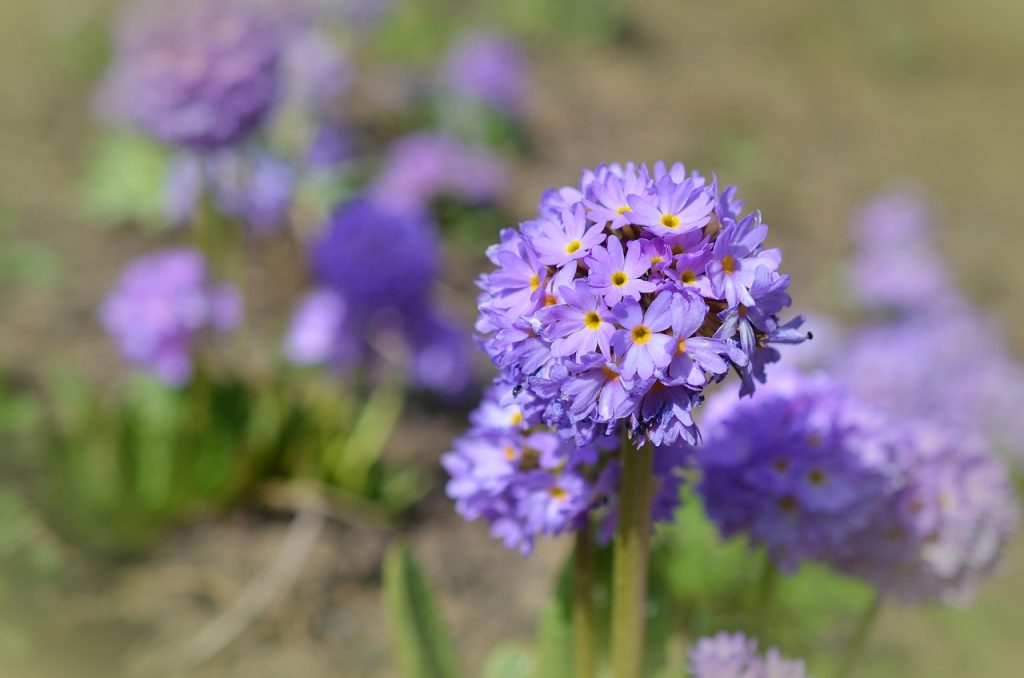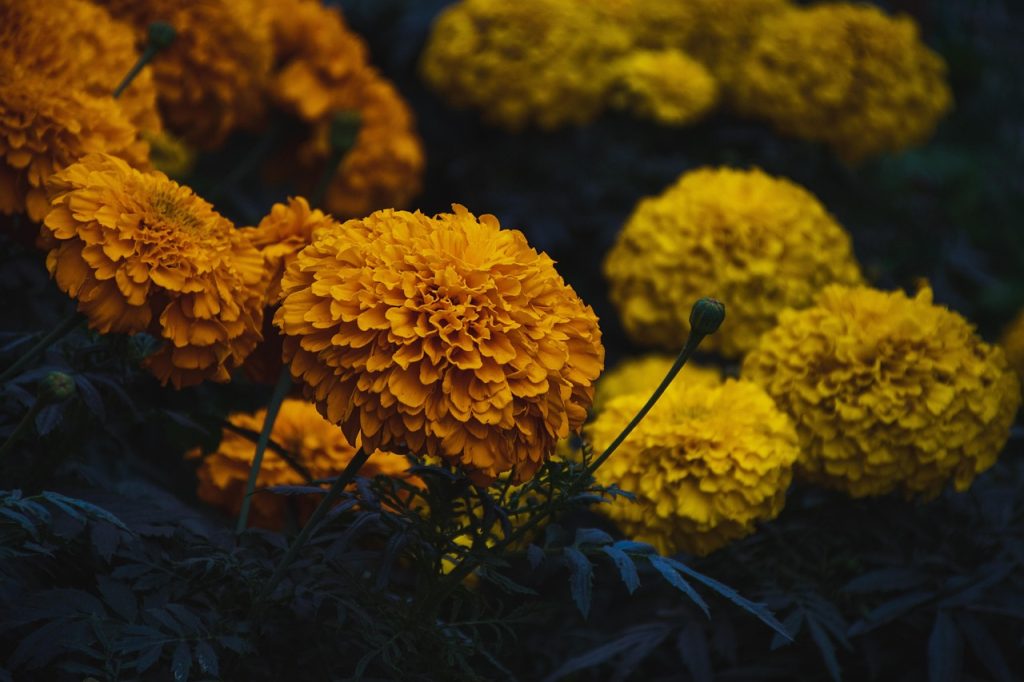Outdoor gardening is a rewarding hobby that not only beautifies your surroundings but also contributes to environmental health and personal well-being. Whether you’re a seasoned gardener or a novice planting your first seeds, understanding the nuances of outdoor gardening is essential for success. This guide is crafted to help you navigate through the essential aspects of outdoor gardening, ensuring your plants thrive and your garden flourishes.

The Basics of Outdoor Gardening
Understanding Your Climate Zone
Before starting any gardening project, it’s crucial to know your climate zone. This helps you select plants that are well-suited to your local weather conditions. The United States Department of Agriculture (USDA) provides a Plant Hardiness Zone Map, which divides the country into zones based on the average annual minimum winter temperature. This tool is invaluable for gardeners in choosing plants that will survive and thrive in their specific region.
Soil Preparation
Soil is the foundation of any garden, and its quality can significantly impact plant growth. Begin by testing your soil to determine its pH and nutrient levels. You can purchase an at-home soil testing kit or send a sample to a local extension service for analysis. Based on the results, you may need to amend your soil with organic matter, such as compost or peat moss, to improve its texture and fertility.
Choosing the Right Plants
Selecting plants that are appropriate for your climate and soil conditions is crucial. Consider native plants, as they are typically more adaptable to local conditions and require less maintenance. Additionally, think about the plant’s growth habits, such as height and spread, to ensure they fit well in your garden space.
Designing Your Garden Layout
Planning for Sunlight
Sunlight is a critical factor for plant growth, and different plants have varying light requirements. Observe your garden throughout the day to understand how much sunlight each area receives. Group plants with similar sunlight needs together: full-sun plants require at least six hours of direct sunlight, while shade-loving plants thrive in less intense light.
Incorporating Aesthetic Elements
A well-designed garden blends functionality with aesthetics. Incorporate a mix of plant heights, textures, and colors to create visual interest. Consider adding pathways, water features, or decorative elements like sculptures or garden art to enhance the overall look.
Utilizing Companion Planting
Companion planting involves placing plants together that can benefit each other, whether by repelling pests, attracting beneficial insects, or improving growth. For example, planting marigolds near vegetables can deter pests, while basil planted near tomatoes can enhance flavor and growth.
Maintaining Your Outdoor Garden
Effective Watering Techniques
Watering is vital for plant health, but it’s important to do it correctly. Overwatering can lead to root rot, while underwatering can stress plants. Use a drip irrigation system or soaker hoses to provide consistent moisture directly to the roots. Water early in the morning to minimize evaporation and fungal diseases.
Regular Pruning and Deadheading
Pruning helps maintain plant shape, encourages new growth, and prevents disease. Remove dead or diseased branches regularly, and deadhead flowering plants by removing spent blooms to promote more flowers.
Pest and Disease Management
Keep an eye out for signs of pests and diseases, such as discolored leaves or holes in foliage. Use natural pest control methods like introducing beneficial insects or using neem oil. Ensure good air circulation and avoid overcrowding plants to reduce disease risk.

Seasonal Gardening Tips
Spring Planting
Spring is the perfect time to plant many types of flowers and vegetables. As the soil warms, start sowing seeds and transplanting young plants. Ensure frost-sensitive plants are only planted after the last expected frost date in your area.
Summer Care
During the hot summer months, focus on consistent watering and mulching to retain soil moisture. Keep an eye out for heat stress in plants and provide shade if necessary. Harvest fruits and vegetables regularly to encourage continued production.
Fall Preparation
In the fall, prepare your garden for winter by cleaning up debris, removing dead plants, and adding a layer of mulch to protect the soil. Plant bulbs for spring blooms and consider cover crops to improve soil health over the winter.
FAQs About Outdoor Gardening
What are the best tools for outdoor gardening?
Essential tools include a sturdy spade, hand trowel, pruning shears, watering can, and a garden hose with a spray nozzle. A wheelbarrow and gardening gloves are also highly recommended for ease of work and protection.
How can I attract pollinators to my garden?
To attract pollinators like bees and butterflies, plant a variety of flowering plants that bloom at different times throughout the year. Avoid using pesticides, and provide water sources like shallow dishes with stones for resting spots.
Why is my garden not thriving?
If your garden is struggling, consider factors such as soil quality, watering frequency, pest presence, and plant selection. Conduct a soil test, ensure plants are getting the right amount of sunlight and water, and inspect for signs of pest or disease issues.
Conclusion
Outdoor gardening is a fulfilling pursuit that requires knowledge, patience, and dedication. By understanding your environment, selecting appropriate plants, and maintaining your garden with care, you can create a thriving outdoor space that brings joy and beauty to your home. Whether your goal is to grow ornamental flowers, fresh vegetables, or both, the tips outlined in this guide provide a solid foundation for successful gardening. Embrace the challenges and joys of gardening, and enjoy the fruits of your labor as your garden blossoms.